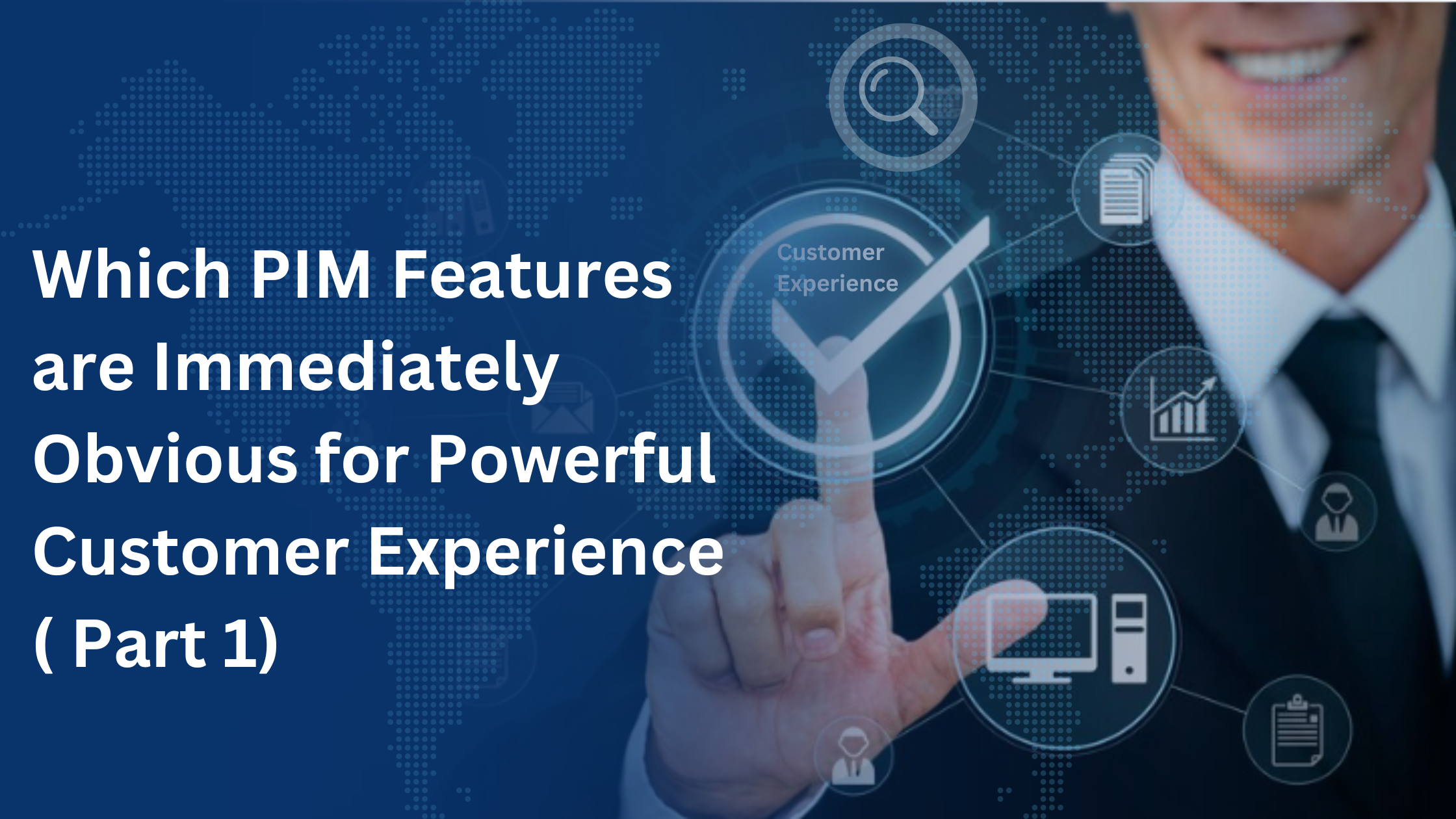As the digital business landscape constantly evolves, one crucial factor remains constant: prioritizing customer experience. Today’s empowered consumers demand greater control over their shopping journeys, making it essential for e-commerce businesses to adapt and provide personalized experiences.
This is where Product Information Management (PIM) comes into play. It serves as the foundation for delivering accurate, rich, and consistent product information across all your sales channels. By leveraging PIM software, you can fuel the personalized, omnichannel experiences that consumers crave, fostering loyalty and driving revenue.
However, every e-commerce business has unique needs. Choosing the right features in the initial phase lays a strong foundation for your e-commerce business. This allows you to scale efficiently, deliver exceptional customer experiences, and avoid costly rework or platform migrations down the road. To embrace a consumer-centric approach, consider these key PIM features:
1. Setting the Foundation for Growth:
- Flexibility: Choosing a PIM with flexible features allows you to adapt to changing customer needs and industry trends. Businesses face ongoing changes in customer preferences, industry trends, and regulatory requirements. A flexible data model can be modified to accommodate these shifts without requiring a complete overhaul, ensuring your data infrastructure remains relevant.
- Scalability: Selecting features that can scale with your business prevents the need for costly platform changes later. As your product catalog and customer base grow, the PIM system should be able to handle the increased data volume and complexity.
2. Streamlining Operations and Costs:
- Efficiency: Implementing the right features from the start avoids workarounds and manual processes down the line. Automating tasks like data import and enrichment saves time and reduces errors.
- Cost-Effectiveness: Focusing on essential features in the initial phase avoids unnecessary spending on functionalities you might not currently need. You can always add features later as your business evolves.
3. Enhancing Customer Experience:
- Right Data, Right Place: Choosing the right features ensures you can deliver rich, accurate product information across all channels. This builds trust and avoids customer frustration caused by inconsistencies or missing details.
- Personalization Potential: Selecting features that support data integration and analytics lays the groundwork for personalization. You can later leverage customer data to offer targeted recommendations and tailored experiences.
4. Avoiding Technical Debt:
- Future-Proofing: Choosing the right features helps avoid technical debt – the hidden cost of implementing workarounds and kludges when your initial platform doesn’t meet your needs.
- Integration Readiness: Selecting PIM software with solid integration capabilities sets you up for future success. You can seamlessly integrate your PIM with other business-critical systems as needed.
- Features Reflect Values: Choosing features that enable you to showcase high-quality product information, personalized recommendations, and transparent communication aligns with a customer-centric brand identity.
How to Decide which PIM features to implement:
The specific features you choose will depend on your unique needs and business goals. Here’s a roadmap to guide your decision making:
- Identify your pain points: What are your current challenges in managing product information? Are you facing inconsistencies, difficulties in enriching product data, or struggling to maintain a consistent experience across channels?
- Define your goals: What do you aim to achieve by implementing PIM? Do you want to improve data accuracy, personalize the customer experience, or accelerate product time-to-market?
- Evaluate your resources: Consider your budget, team size, and technical expertise. Choose features that align with your available resources and can be implemented effectively.
- Start small and scale: Try implementing crucial features at a time. Begin with the features that address your most pressing needs and expand functionality as your experience and resources grow.
- Seek expert advice: Consulting with Pimcore Implementation Partners can provide valuable guidance on selecting the right features and ensuring a successful implementation.
Remember: Don’t try to do everything at once. Focus on the features that will most immediately impact your customer experience and business goals.

